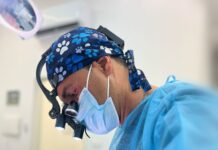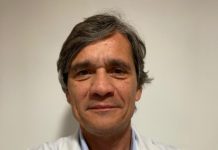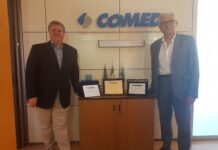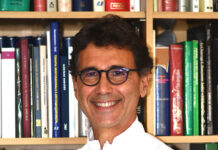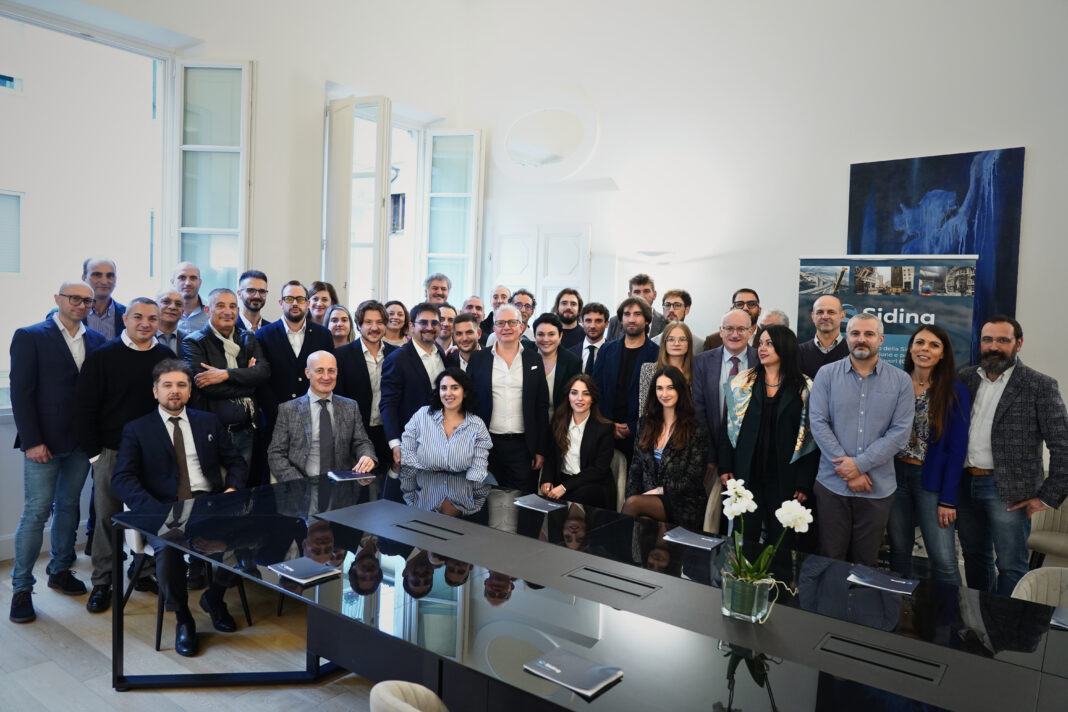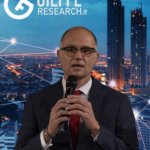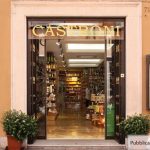At a time when Italy and Europe are investing heavily in strategic infrastructure—thanks to the momentum generated by PNRR funds—there are companies that have made integrated engineering a true engine of progress. Among them stands out Siding Servizi Integrati di Ingegneria, a company founded by Franco Pugliese, which today is one of the leading players in the Italian sector with a growing international presence. This all-Italian excellence is a concrete example of modern engineering, capable of merging technical expertise, strategic vision, and operational capacity.
by Roberta Imbimbo
Dr. Pugliese, what was Siding S.r.l.’s founding mission?
Siding was established with the mission of offering integrated engineering capable of combining technical expertise, innovation, and safety to build high-quality civil and industrial infrastructure. The goal is to provide a comprehensive and specialized service—from design to construction to final testing—through an advanced approach to safety management on construction sites. Its mission is to contribute to the sustainable development of the territory, making projects more efficient, safe, and functional through a multidisciplinary and future-oriented work model. Siding also plays other strategic roles, such as Designer, Works Supervisor, Site Manager, and Testing Engineer, as well as Safety Coordinator during both the design (CSP) and execution (CSE) phases, supporting Italian companies in the adoption of effective preventive measures.
What are your strengths that set you apart from competitors?
At a time when Italy and Europe are ramping up infrastructure investments thanks to PNRR funds, Siding stands out as one of the sector’s most dynamic players due to its flexible and solid structure. Today, it boasts around 180 qualified and dynamic professionals (including many women!), strategically located across the national territory, with two main operational hubs in Milan—its headquarters for many years—and Florence. However, Siding’s true strength lies not only in its numbers. It’s the integrated approach to site safety that truly makes the difference. Siding has developed a methodological approach that goes far beyond ordinary consulting: it is true “safety engineering,” capable of tackling technical, regulatory, and logistical challenges in highly complex environments. This means anticipating risks to reduce workplace accidents to zero; structuring procedures; training personnel, including through the creation of a dedicated Academy; and paying close attention to technological innovation and the use of AI to analyze large amounts of data in real time, anticipate risks, and improve workplace safety. It’s no coincidence that today, Siding is among the few firms capable of managing integrated safety on infrastructure construction sites like those for High-Speed Rail and the highway sector, both in Italy and abroad. In addition to its strong domestic presence, Siding operates in several international markets—including the Netherlands, Germany, Albania, Kosovo, Saudi Arabia, and the United Arab Emirates—exporting Italian know-how and consolidating its reputation as a reliable and competent partner.
Among the many projects you’ve completed, is there one that you’re especially proud of?
One project that is particularly dear to us is certainly Milan’s Metro Line M4, completed in October 2024. This is a strategic infrastructure for the city, revolutionizing urban mobility with an underground line of about 15 kilometers, quickly and sustainably connecting Linate Airport with the city center and peripheral neighborhoods. For us, however, M4 is much more than just infrastructure: it is a symbolic project, both for its technical and regulatory complexity and for its integrated approach to urban design. The project enhanced the identity of the neighborhoods it crosses, giving back renewed and revitalized spaces to the city in harmony with the urban fabric. In this endeavor, Siding played a key role, serving both as Safety Coordinator during the Design Phase (CSP) and Execution Phase (CSE). This dual assignment required rigorous planning, careful management of all stakeholders involved, and a constant on-site presence. Successfully completing a project of this magnitude is a great source of pride for us and a clear example of our ability to operate in high-complexity contexts.
In addition to the M4 project, you’re currently involved in several strategic railway segments for the development of High-Speed Rail in Italy.
Exactly! These are major national projects that will help improve mobility, interconnect regions, and enhance the sustainability of rail transport. For example, we are actively contributing to the development of the Florence railway junction, in particular the new High-Speed station designed by architect Norman Foster. This is one of the most significant infrastructure projects currently underway in Italy. At the same time, we are also involved in major highway projects, some of which exceed one billion euros in total investment. These projects require high technical skills, structured safety management, and strong multidisciplinary coordination. They are complex challenges, but ones that reflect our true calling: building infrastructure that drives meaningful progress for the country.
Future goals?
Continuous improvement. For Siding, every achievement is not an endpoint but a new starting point for building the engineering of tomorrow: safer, more sustainable, more intelligent.







